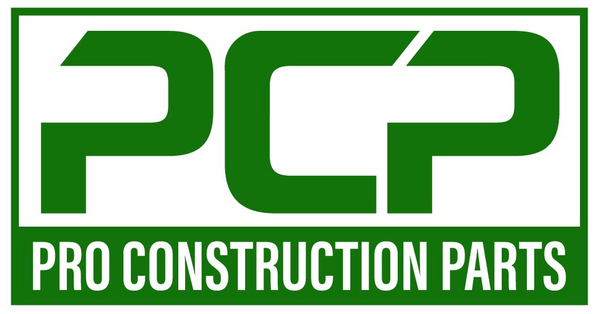What Is a Final Drive Rebuild?
A final drive rebuild involves taking apart your vehicle's final drive or differential, inspecting the gears, bearings, seals, and other critical components, and replacing any worn parts. This process is a cornerstone of automotive repair and DIY automotive repair projects. It typically includes:
- Gear replacement: Worn gears can be replaced with high-quality aftermarket or OEM parts.
- Bearing replacement: Ensuring smooth rotation by replacing old or damaged bearings.
- Seal replacement: Preventing leaks and maintaining proper lubrication.
- Differential rebuild: Overhauling the differential to restore power delivery and efficiency.
By focusing on these components, you ensure that your final drive rebuild is thorough and effective, giving your vehicle the performance boost it needs.

Why Consider a Final Drive Rebuild?
There are several compelling reasons to invest in a final drive rebuild:
- Cost-Effectiveness: Rather than purchasing a new final drive or differential, a rebuild can save you money while extending the lifespan of your drivetrain.
- Performance Upgrades: A rebuilt final drive can eliminate unwanted noise, improve gear engagement, and optimize power transfer—key elements for performance upgrades.
- Drivetrain Maintenance: Regular drivetrain maintenance through rebuilds helps prevent larger, more expensive repairs in the future.
- DIY Automotive Repair: For those who enjoy hands-on projects, a final drive rebuild is a satisfying and educational DIY project that reinforces essential vehicle maintenance tips.
The Process of a Final Drive Rebuild
Whether you're tackling a differential rebuild yourself or opting for professional help, here are the key steps involved in a final drive rebuild:
- Disassembly: Carefully remove the final drive from the vehicle and disassemble it to inspect all components.
- Inspection: Check for wear and tear on gears, bearings, and seals. Look for signs of overheating, pitting, or misalignment.
- Cleaning: Clean all parts to remove old lubricant and debris, which is crucial for ensuring proper reassembly.
- Replacement: Install new parts where necessary—this may include gear replacement and bearing replacement.
- Reassembly and Testing: Once reassembled, test the final drive to ensure it operates smoothly and efficiently.
The decision behind rebuilding your track motor or going for a new option is one that has many variables, we often find most customer prefer to purchase a new final drive instead of getting theirs's repaired.
The cost and time associated with a rebuild can often be worrisome and our new final drives come with a minimum 12 month warranty so you have full peace of mind.



